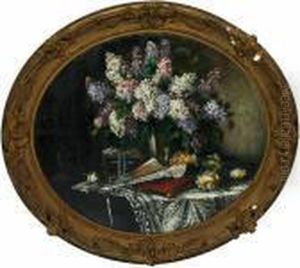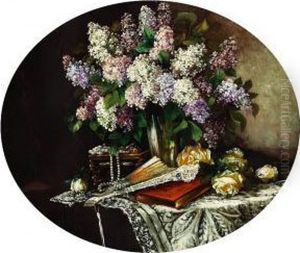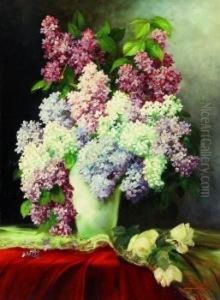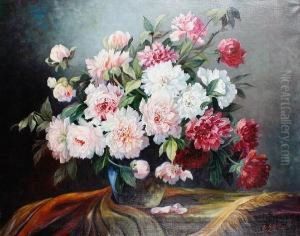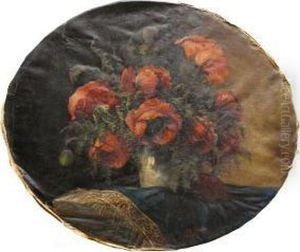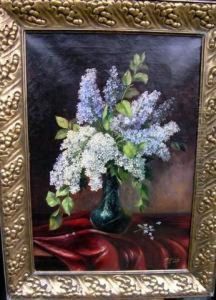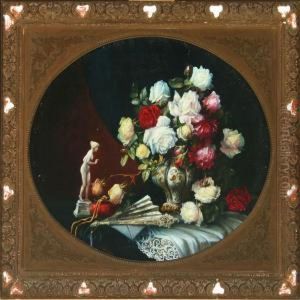H.O., Prof. Schiele Paintings
Egon Schiele, born June 12, 1890, in Tulln an der Donau, Austria, was a significant figure in early 20th-century art, known for his intense and expressionistic style. Schiele's work is often characterized by its raw sexuality and the bold exploration of the human form. Despite his brief career, cut short by the Spanish flu pandemic at the age of 28, Schiele left an indelible mark on the art world.
Schiele's early life was marked by family tragedy and a lack of understanding from those around him. His father died of syphilis when Egon was 14, an event that profoundly affected the young artist. Schiele's interest in art was evident from an early age, and he was accepted into the Akademie der Bildenden Künste in Vienna at just 16. There, he studied under Christian Griepenkerl, but found the academy's conservative approach frustrating. Schiele sought out the company of Vienna's more progressive artists, and in 1907, he met Gustav Klimt, who became his mentor and friend. Klimt's influence is evident in Schiele's early work, which shares Klimt's ornamental style and sensuality.
However, Schiele soon developed his own distinctive style, marked by expressive line work and daring compositions. His art was often controversial, dealing with themes of sexuality, death, and rebirth, and it did not shy away from nudity and eroticism. Schiele's work included portraits, self-portraits, and landscapes, but it is his unflinching depictions of the human body for which he is best known. In 1912, his exploration of these themes led to his arrest for allegedly seducing a young girl below the age of consent, although the main charge was eventually dropped. He did, however, spend 24 days in custody, an experience that had a profound impact on his art, as evidenced by a series of gouaches and drawings that depict his time in jail.
Schiele's personal life was as tumultuous as his art. In 1915, he married Edith Harms, but he continued to have a relationship with his long-time muse, Wally Neuzil. His marriage did not tame his artistic exploration, and his work continued to evolve. Schiele was also an important figure in the Vienna Secession, a movement that sought to break away from traditional art forms. His art was exhibited alongside other avant-garde artists of the time, and he had a successful solo exhibition in Vienna in 1918.
Tragically, just as Schiele was beginning to gain significant recognition, the Spanish flu pandemic swept through Europe. Both Schiele and his wife, who was six months pregnant, fell victim to the disease. Edith died on October 28, 1918, and Egon Schiele passed away just three days later, on October 31, at the age of 28. Despite his short life, Schiele's work has had a lasting legacy, influencing generations of artists and solidifying his place as a master of Expressionism.
